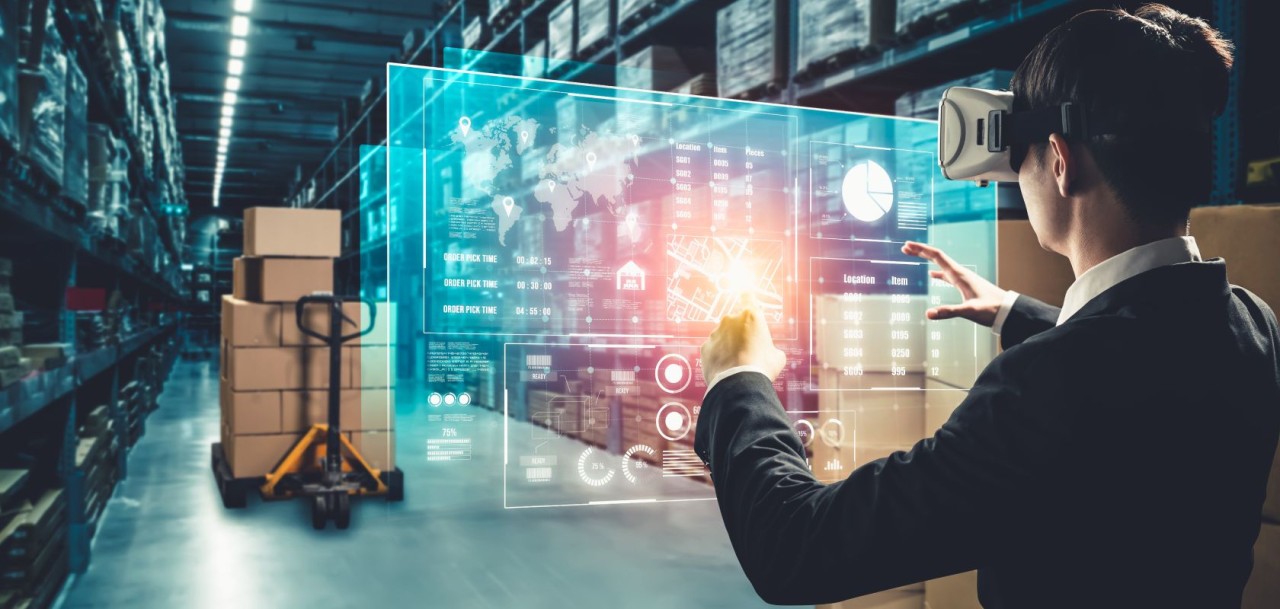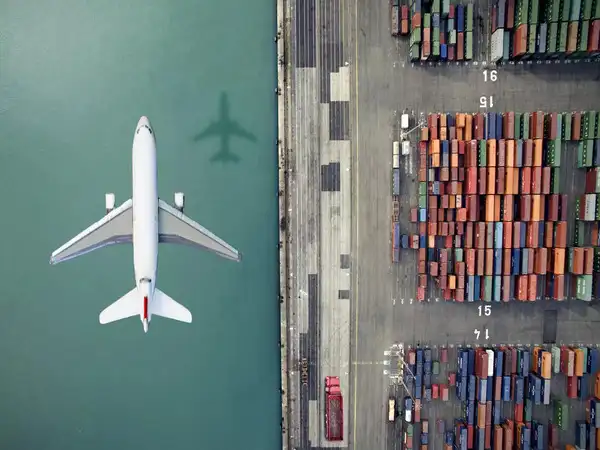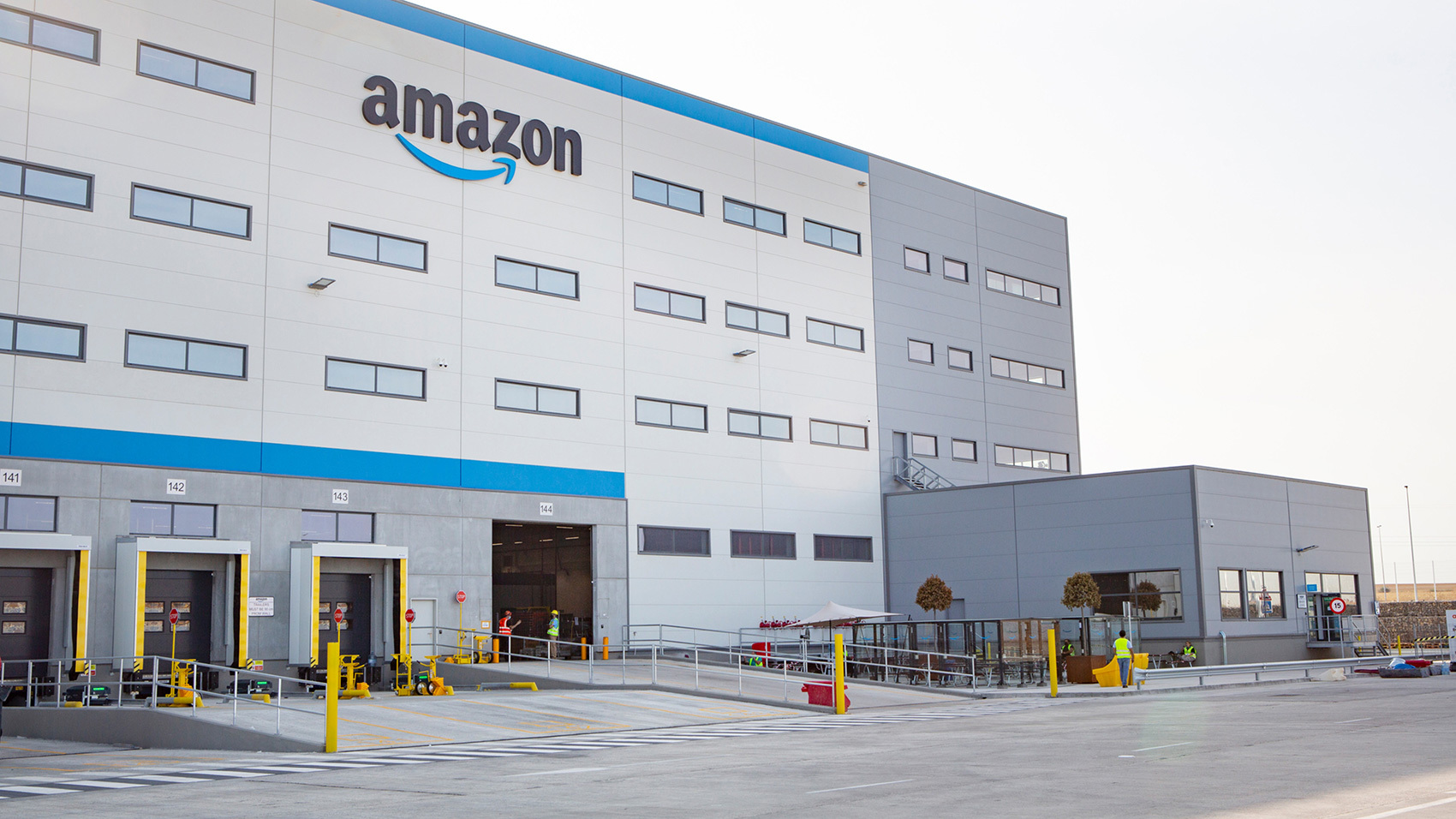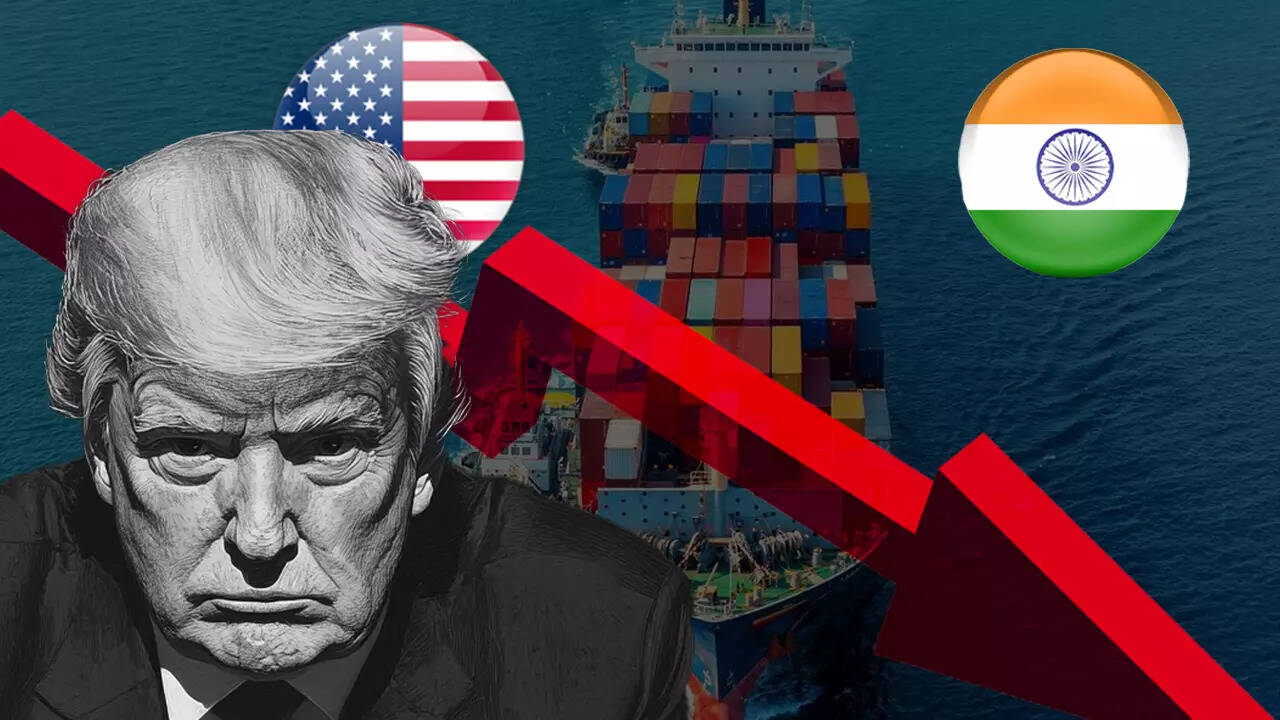ineffective for complex supply chain operations. AR and VR address these challenges by offering:
- Interactive Learning: Employees can experience real-life scenarios in a controlled virtual environment, reducing onboarding time and minimizing errors.
- Hands-on Skill Development: VR simulations allow workers to practice warehouse operations, forklift driving, and equipment handling without real-world risks.
- Remote Training Solutions: AR-powered smart glasses provide real-time guidance and step-by-step instructions to on-site workers, eliminating the need for in-person trainers.
Optimizing Warehouse & Inventory Management
AR and VR streamline inventory tracking, warehouse navigation, and order fulfillment through:
- AR-Powered Pick & Pack Operations: Wearable AR devices display real-time inventory locations, reducing errors and improving speed in fulfillment centers.
- Virtual Warehouse Planning: VR allows supply chain managers to design and optimize warehouse layouts before implementation, leading to increased space efficiency.
- Enhanced Inventory Visibility: AR overlays real-time data onto physical inventory, improving stock accuracy and order tracking.
Improving Logistics & Transportation
Logistics teams benefit from AR/VR solutions through:
- Route Optimization & Navigation: AR-assisted GPS technology helps drivers visualize optimal delivery routes, reducing delays and fuel consumption.
- Remote Vehicle Maintenance: VR simulations allow mechanics to diagnose and repair vehicle issues remotely, minimizing downtime.
- Real-Time Freight Monitoring: AR provides logistics managers with live shipment tracking and condition monitoring, ensuring compliance with safety regulations.
Case Studies
- DHL's AR-Powered Warehouse Operations: DHL implemented AR smart glasses for order picking, resulting in a 25% increase in efficiency.
- Porsche's VR Training Program: Porsche uses VR simulations to train warehouse staff on complex logistics processes, reducing training time and errors.
- FedEx’s AR-Based Maintenance System: FedEx employs AR for aircraft maintenance, allowing technicians to visualize parts and receive guided repairs in real-time.
Future Outlook
As AR and VR technology continues to evolve, their role in supply chain management will expand, driving higher efficiency, cost savings, and improved workforce productivity. Companies investing in these technologies today will be better positioned for the future of supply chain operations.
.png)
.png)







